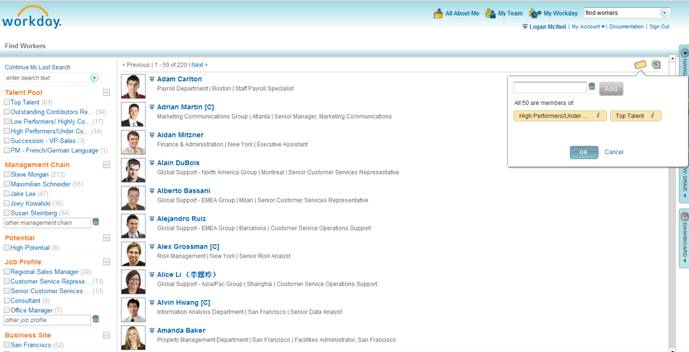Family Recipes
It is Thanksgiving, the day when when most of us in the USA gather with friends and family to share a great meal, watch football, and doze off on the sofa, while making sure we connect with and share stories and feelings with those closest to us. I find I emote much more fully when watching football and dozing off.
But truly the best part of the holiday is the food, and the way that shopping, preparing, serving, and decompressing from the over-indulging cements our relationships with our family and friends, and how these activities form traditions. To me, and I think to many others as well, it is the food itself that serves as the glue, and maintains an important and prominent place in our family shared memory.
We don't look back (or ahead in anticipation), for stuffing, mashed potatoes, or pie. We remember and anticipate Grandma's stuffing, Aunt Snooky's potatoes, (yes, I had an Aunt Snooky), and the proverbial Mom's apple pie. It doesn't really matter if in our travels around the world we have sampled apple pie in likely dozens of other places, with the high probability that at least a few of these not-Mom's apple pies were actually better than the same old version Mom would trot out year after year, served in the same dish, using the same china, and accompanied by a fresh cup of Maxwell House.
Of course Mom's pie (and stuffing, and sweet potatoes and green bean casserole) will always hold the place as the best you ever had. So what if it isn't completely about the taste. Everyone knows this is the case, and quite frankly it isn't all that novel or even interesting.
But I did hear something else about this I do think is interesting. Turns out in certain families the older women, (Mom, Grandma, Aunt Betty, etc.), never like to fully and completely share the details of these legendary family recipes. Ask Grandma about her stuffing and she would share some of the secrets, but would be careful to leave a crucial ingredient out, or fail to mention a little trick or nuance in the preparation that would be impossible to guess, and that serves to distinguish the dish somehow in a unique and personal way. The person telling me this story said the reason why the matriarchs don't like to give up all the secrets of their signature dishes was so that they could continue to be known for not just their ability to cook, but for their singular and non-repeatable ability to create 'Aunt Snooky's Stuffing'. Anyone can make stuffing. But only Aunt Snooky could make her stuffing, and as long as she could continue to produce the magic each year, her place in the family hierarchy and lore was secure.
I had never thought about this 'family exclusivity of recipe secrets' before I heard the theory, but looking back I think I agree with the premise, and have seen the theory in action in my family. Like most of us, my Mom had a few of her recipe secrets as well. At Thanksgiving she always hosted, did all the cooking, and made sure that everyone left satiated, groggy, and happy. Her 'secret' dish was her stuffing. It was fantastic. And she (as far as I know) never had a formally written recipe for its preparation. But every year it came out the same, fantastic way. Over the years people would say, 'Please Joan, you have to give me the recipe for your stuffing, it is the best I have ever had.' These enquiries were always brushed off by my mother, she was happy, but also proud and protective of her secrets. She promised to give away the recipe once she retired from hosting the holiday, a date she always reminded us, was many years away.
The first Thanksgiving after she passed away was, as you would expect, sad and kind of uneventful. The family was still coming to terms with the permanence of her absence, and not really in the frame of mind for a celebration. I don't really remember much about the day or meal, save for being glad when it was over. As the years have progressed (my Mom died in 2003), and as new combinations of people, places, and traditions have developed, Thanksgiving has once again been restored to a happy, food-filled day.
But no one knows how, exactly, to duplicate Mom's stuffing. She never shared the recipe, never revealed her secrets. She, I suppose, was successful in keeping 'Joan's Stuffing' as a legendary fixture in the family history. We will never have it again, because no one really knows precisely how to mix, measure, prepare, and serve the dish the way she did for all those years.
What she did not fully understand, even if she had carefully recorded the recipe, and made sure that the next generation could precisely and honorably replicate the dish, it still would always be her dish. The stuffing, the pie, the potatoes - whatever, they are just food. The legacy of Mom and Grandma isn't about food, it's about how they took care of you, and your brothers and sisters, and everyone else that they touched. What makes me sad it that I don't think we let the Moms and Grandmas know this often enough, and they feel by clinging to their secret recipes we won't be able to forget them.
My Mom made her stuffing one day each year, she took care of all of us every day, all year.
Happy Thanksgiving everyone - and Mom's, share your recipes!

 Steve
Steve




